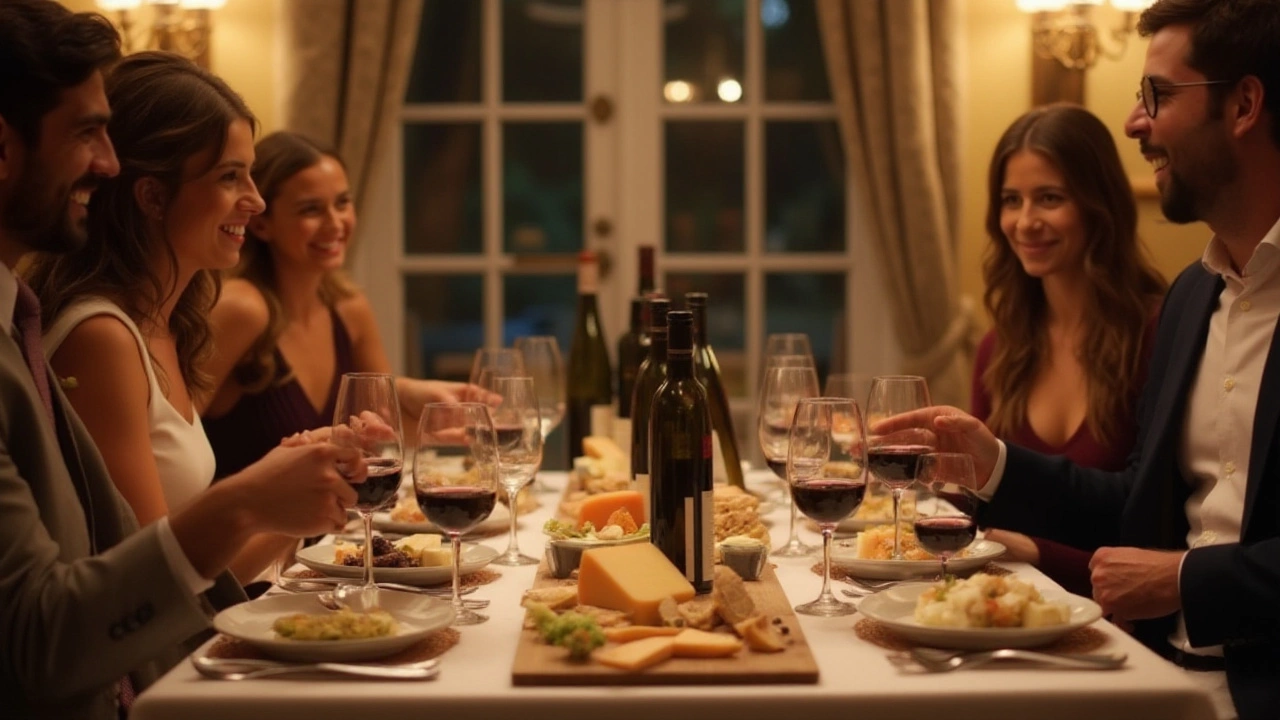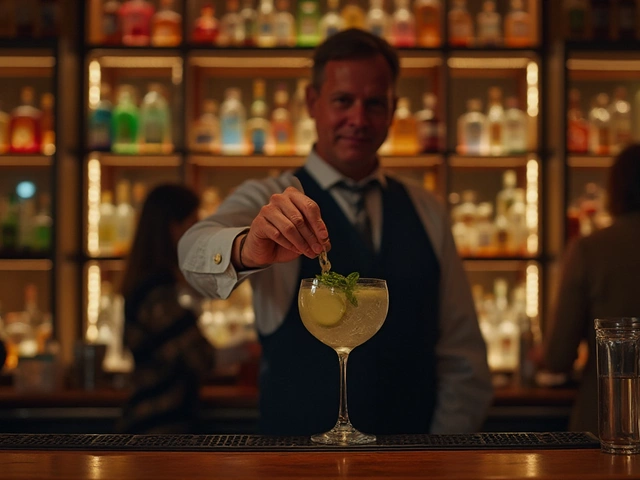Cheese Pairings Made Simple: Quick Tips for Wine, Beer & Spirits
Ever wondered why a slice of brie feels like a hug when you sip a buttery chardonnay? It’s not magic – it’s science, history, and a dash of taste‑bud chemistry. This guide cuts the fluff and gives you straight‑forward pairings you can try tonight, no sommelier degree required.
Why Pairing Matters
Cheese and drink pairings work because fats, acids, and textures balance each other. A sharp cheddar, loaded with protein, will tame the tannins in a bold red, while a creamy blue can soften the edge of a sweet dessert wine. Think of it as a conversation: you want both sides to speak, not shout over each other.
Another hidden factor is temperature. A cold beer can mute flavors, so you’ll need a stronger cheese like aged gouda to keep the dialogue alive. Warm drinks, like a room‑temperature whiskey, let milder cheeses shine. Knowing these basics saves you from mismatched bites that leave you puzzled.
Top Pairings for Different Drinks
Red Wine (Cabernet, Merlot): Go for hard, aged cheeses – aged cheddar, manchego, or gouda. Their firm texture and nutty notes echo the wine’s structure. A sprinkle of cracked pepper on the cheese can highlight the wine’s spice.
White Wine (Chardonnay, Sauvignon Blanc): Soft, buttery cheeses such as brie, camembert, or goat cheese work wonders. The acidity in a crisp sauvignon blanc cuts through the creaminess, making each bite feel fresh.
Beer (Pilsner, IPA): Light lagers pair well with mild cheeses like mozzarella or mild cheddar. For hoppy IPAs, try sharp cheddar or even a salty feta – the bitterness of hops loves a salty partner.
Spirits (Whisky, Gin): A whisky’s smoky depth matches well with smoked gouda or blue cheese. Gin’s botanical punch pairs nicely with fresh cheeses like ricotta tossed with herbs, letting the botanicals shine.
When you’re unsure, start with a cheese board that includes a range of textures: a soft, a semi‑soft, a hard, and a blue. Then match each to a sip and see which combo clicks. It’s a fun experiment you can repeat at every gathering.
Don’t forget the little extras – crackers, fresh fruit, nuts, and a drizzle of honey can turn a simple pairing into a mini gourmet experience. The sweet or salty add‑ons often bridge gaps between bold drinks and delicate cheeses.
Finally, trust your palate. If a pairing feels odd, swap a component. The best rule is: enjoy the process. Pairing cheese isn’t about rigid rules; it’s about discovering combos that make you smile. Grab a plate, pour a glass, and start tasting – you’ll be surprised how quickly you get the hang of it.
Choosing the right wine to go with cheese can greatly enhance the dining experience. While red wines often pair well with stronger cheeses, white wines can highlight the flavors of softer options. This article explores different pairings, providing tips and interesting facts to make your next gathering a hit.
View Details

